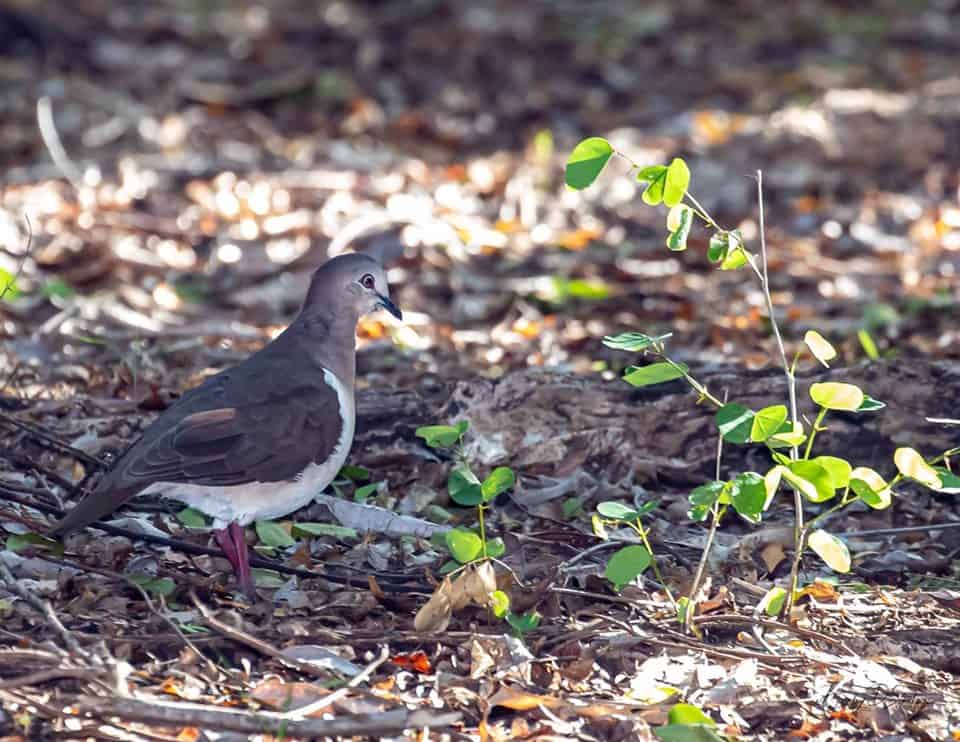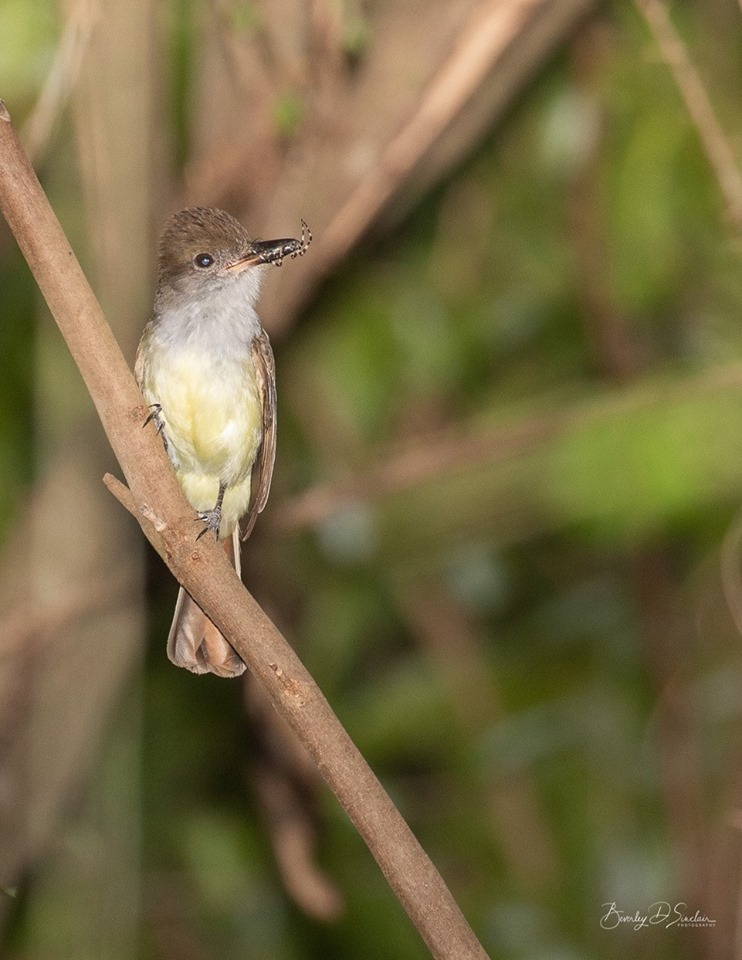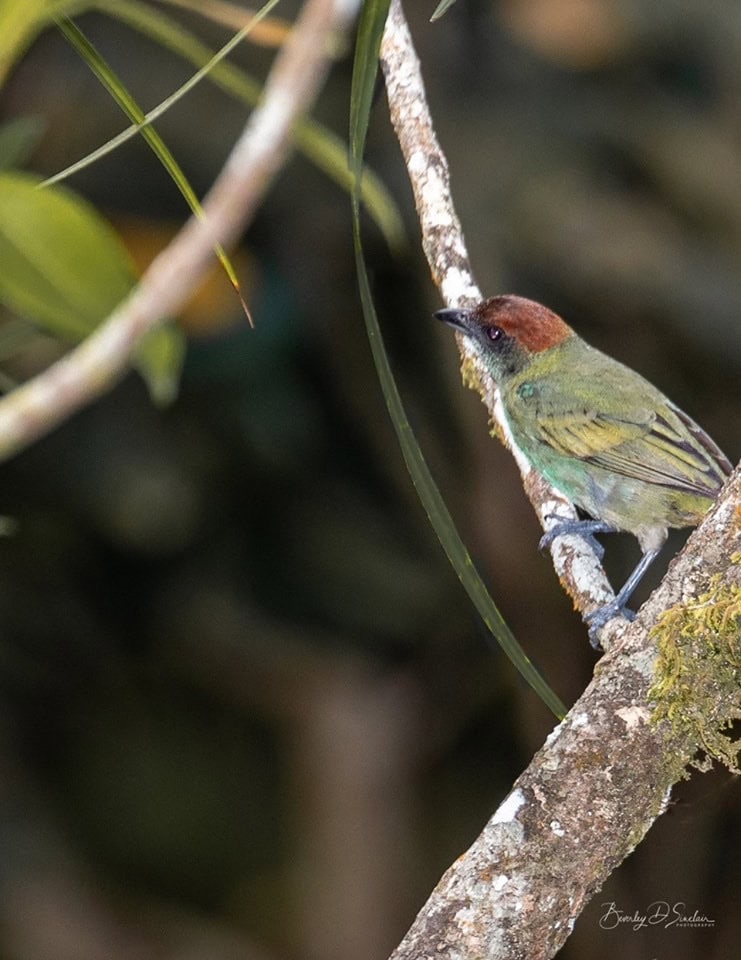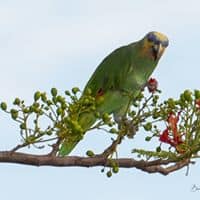
The country of Grenada consists of the main island plus six small islands to the north. Birding is not a well-known hobby in Grenada. Above all, tourists go there for the warm climate, beautiful beaches and lovely vistas. It is one of many popular winter getaways for people from the snowy north.
However, it is a great place to combine birding with your winter getaway and visit a new country. There are not as many birds as countries in Central or South America, but there are some endemics and other birds worthwhile searching for.
Notable Birds

Endemic birds consist of the Critically Endangered Grenada Dove, with a population of fewer than 200 birds.


Where to Find Them
The Grenada Flycatcher and the Lesser Antillian Tanager are not quite endemic. However, you can see them only in the two island countries of Grenada and St Vincent and the Grenadines and the tiny islands between them. (The Grenada Tanager is a sub-species of the Lesser Antillian Tanager and is endemic to Grenada.
The Lesser Antillian Bullfinch lives only in the string of Caribbean Islands from Grenada to the British Virgin Islands.
Trinidad & Tobago and Grenada are very close to the northern shore of South America. Therefore, some South American birds you may see in Grenada, such as the Rufous-vented Chachalaca, which live only in Grenada, Trinidad & Tobago, Venezuela and a little bit into Columbia. The Cocoa Thrush, the Spectacled Thrush, and the Carib Grackle are South American birds, but you can also see them in Grenada. Although these birds are not endemic, it is a chance to see some birds native to northern South American countries such as Venezuela without having to go there.
There are four species of hummingbirds: the Rufous-breasted Hermit, Purple-throated Carib, Green-throated Carib, and the Antillian Crested Hummingbird. However, the last two were found only in the Caribbean islands from Puerto Rico to Grenada).
The Scaly-naped Pigeon is present throughout the Caribbean from Cuba to Grenada. The Caribbean Elaenia resides in several Caribbean islands as well as the coast of Yucatan in Mexico. The Grey Kingbird exists in several Caribbean islands as well as Panama and northern South America. The Black-whiskered Vireo resides in several Caribbean islands and northern South America. The Caribbean Martin lives only in the Caribbean islands from Jamaica to Grenada. The Pearly-eyed Thrasher exists from the Bahama Islands to Grenada. Finally, the Zenaida Dove is present throughout the Caribbean and the tip of the Yucatan Peninsula in Mexico.
Introduced Species

The Channel-billed Toucan is native to Venezuela, Guyana, Suriname, French Guyana, Trinidad, Tagago, and bordering areas of Brazil. Although it is an introduced bird in Grenada, it is still worth looking for. It is classified as Vulnerable. In addition, other introduced birds include the Red Junglefowl from southeast Asia and the Orange-winged Amazon from South America.
Birding Hotspots Grenada
There are three main Birding Hotspots in Grenada, located in three National Parks: one in the north of the island, one in the centre, and one in the south.
The North
Levera National Park
Levera is located in the northeast corner of the island. There is an observation tower at Levera Pond. Levera Beach is a birding paradise with tropical forests, ponds, mangrove swamps, beaches, and ocean-going birds.
Birders have sighted fifty species of birds at Levera Pond. These include Antillean Crested Hummingbird, Scaly-naped Pigeon, Mangrove Cuckoo, Grenada Flycatcher, Black-whiskered Vireo, Spectacled Thrush, Carib Grackle, Lesser Antillian Bullfinch, Grey Kingbird, Caribbean Martin, Lesser Antillian Tanger and many others.
Central
Grand Etang National Park
Grand Etang National Park is located in the middle of the island. Watch for Cocoa Thrush, the Antillean Euphonia and the Lesser Antillean Tanager. You may even see a Green-throated Carib or a Ruddy Quail Dove.
The South
Mt Hartman National Park
Mt Hartman NP is the best place to search for the Critically Endangered Grenada Dove. It is the national bird of Grenada and the only endemic to the island, so you will never see it elsewhere. You will have to spend some time searching for this species as there are less than 200 of them left. The decline in their population is due to habitat destruction and predation from introduced mammals, including opossum, rats, feral cats and mongoose. Hunting used to be a significant factor in the past, but it is no longer allowed.
Photographs graciously supplied by Beverley Sinclair. Thank you Beverley. beverleysinclair.smugmug.com
(M) Write a review
You must be logged in to submit a review. Go to Members page to Log-in or Register